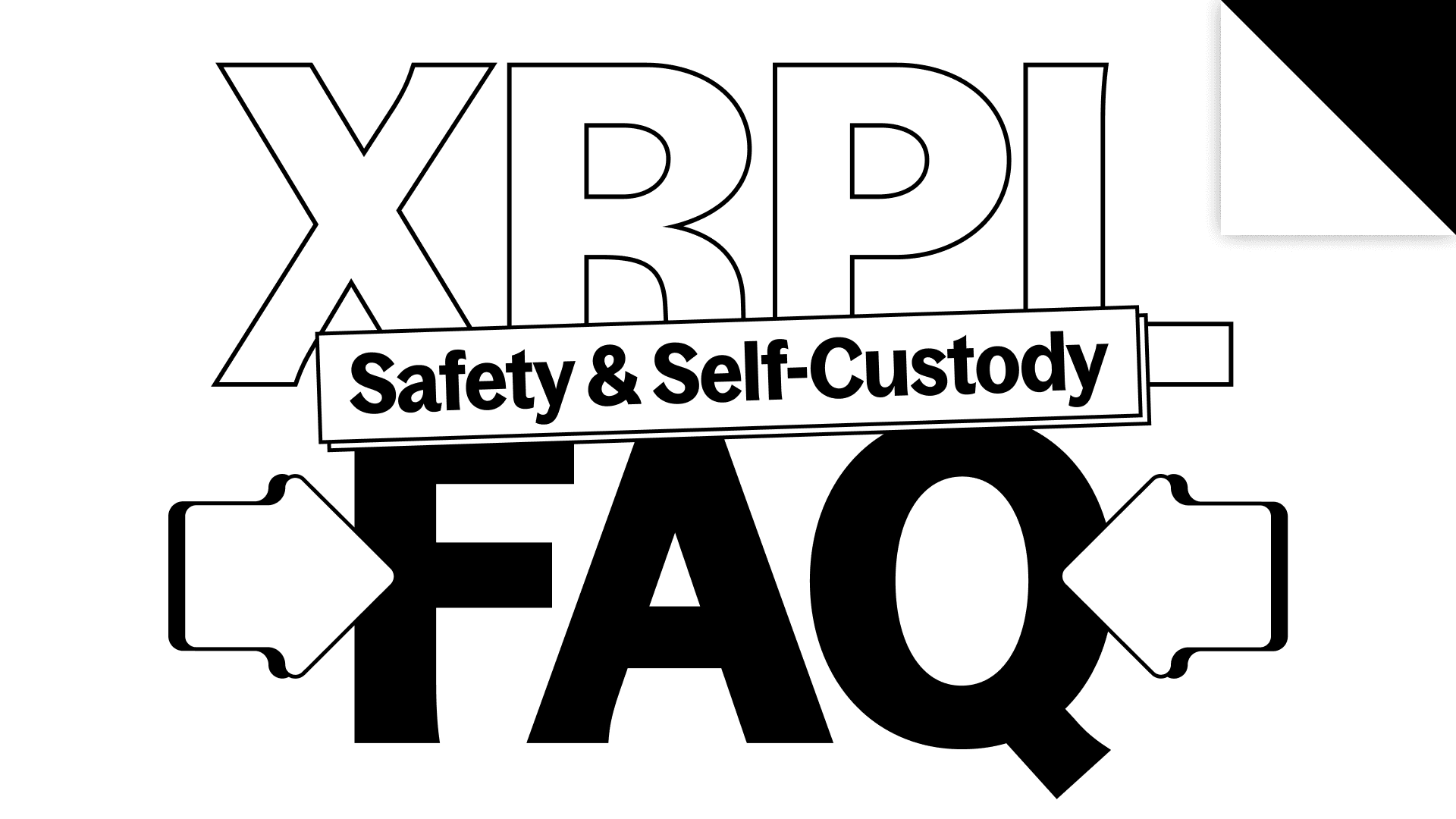Safety and self-custody in crypto
2025-06-30

Safety & Self-Custody FAQ
What are the biggest risks of self-custody and going onchain?
- The main risks are losing your recovery phrase, falling for phishing scams, or interacting with malicious smart contracts.
If I lose access to my wallet, can I recover it?
- Yes - but only if you’ve backed up your secret recovery phrase. Without it, recovery is impossible.
What's a secret key or recovery phrase - and where should I store it?
- A recovery phrase (seed phrase) is a set of words that backs up your wallet. Store it offline in a safe place, never online or on your phone.
Can someone steal my crypto if they get my secret phrase?
- Absolutely. Anyone with your recovery phrase has full access to your wallet.Never share it or store it online.
How can I protect myself from phishing or fake apps?
- Use official wallet websites, double-check URLs, and never click suspicious links. Bookmark trusted apps and avoid using wallets on public Wi-Fi.
Is there a way to test all of this safely before using real funds?
- Yes, many blockchains offer testnets where you can practice with fake tokens. Some wallets also support demo modes for learning without risk.
Where should I store my XRP?
- For maximum control and security, store your XRP in a non-custodial XRPL wallet like Xaman or a hardware wallet like Ledger that supports XRP. Avoid keeping large amounts on exchanges long-term.
Will I lose my funds if I use a mobile wallet and lose my phone?
- No. As long as you store the recovery phrase somewhere safe, you will not lose your funds if you lose the device your wallet is on (ie mobile or desktop). Your crypto is not actually stored or kept on the device. So if you lose or break your hardware wallet your crypto is still safe. You can reopen your wallet anywhere if you still have your keys written down somewhere safely (not online).